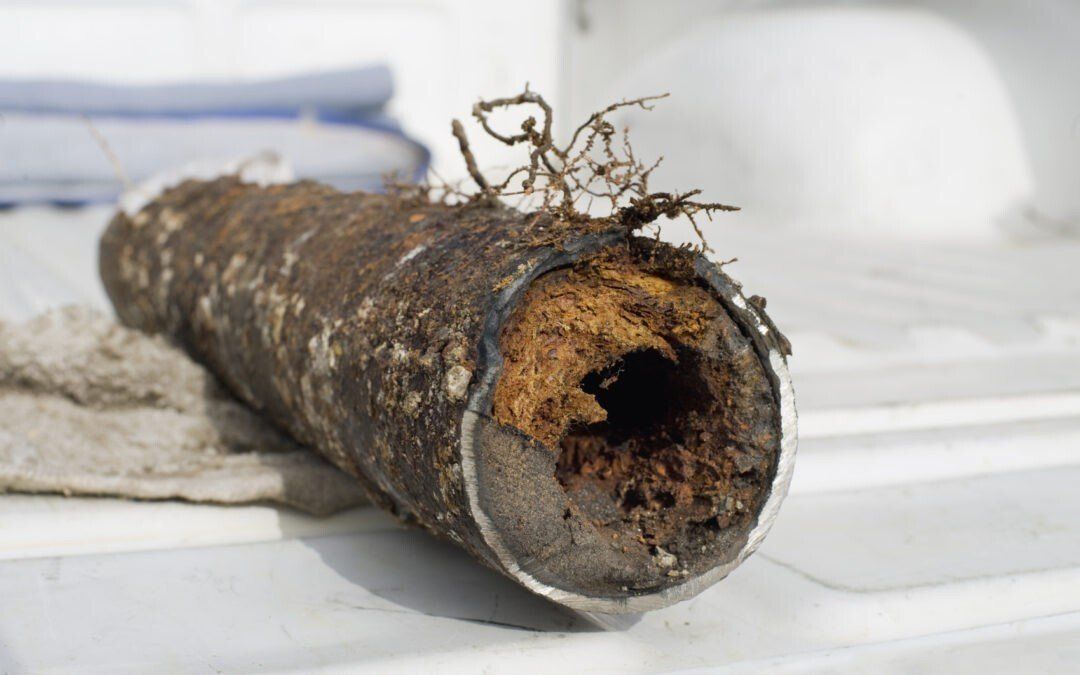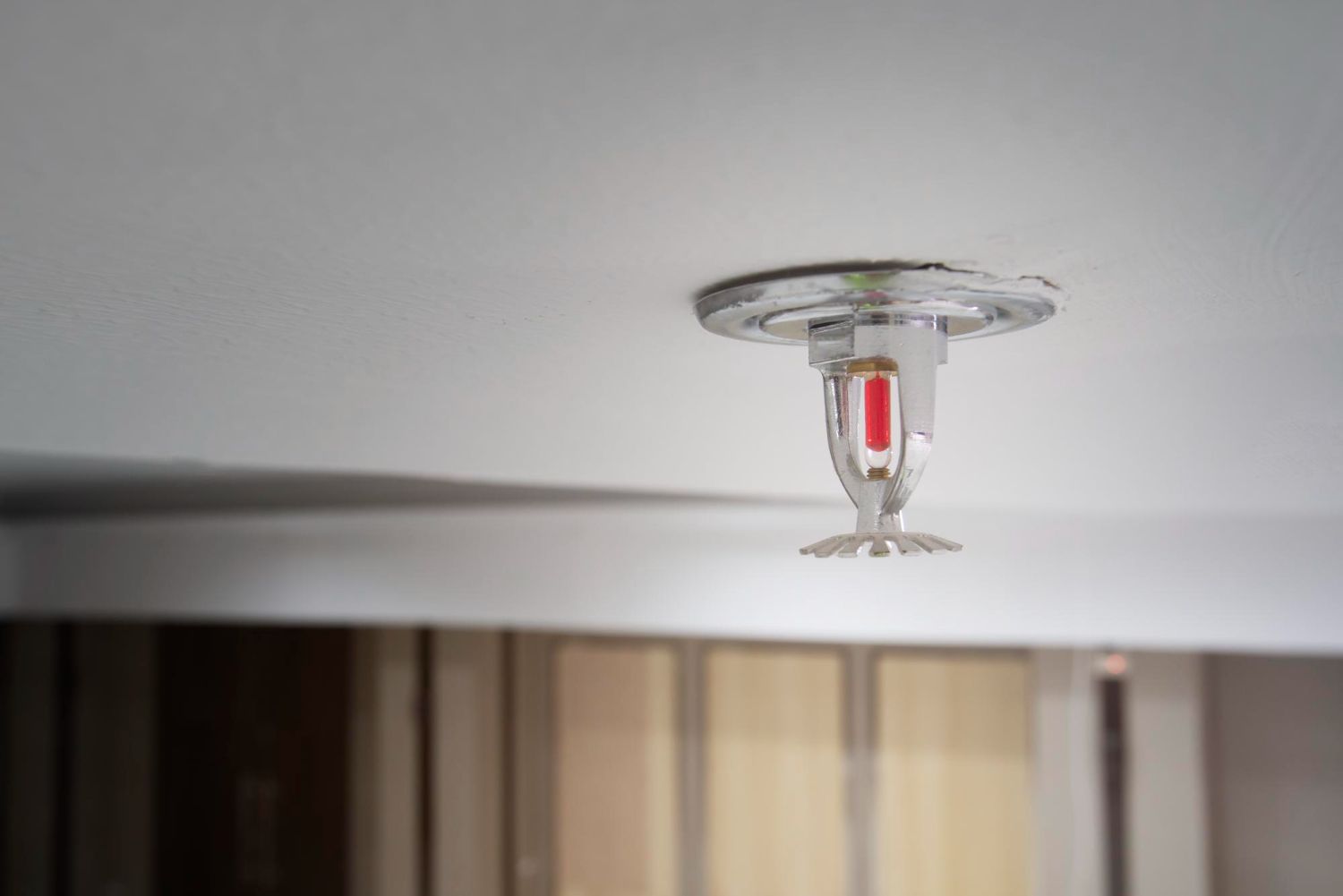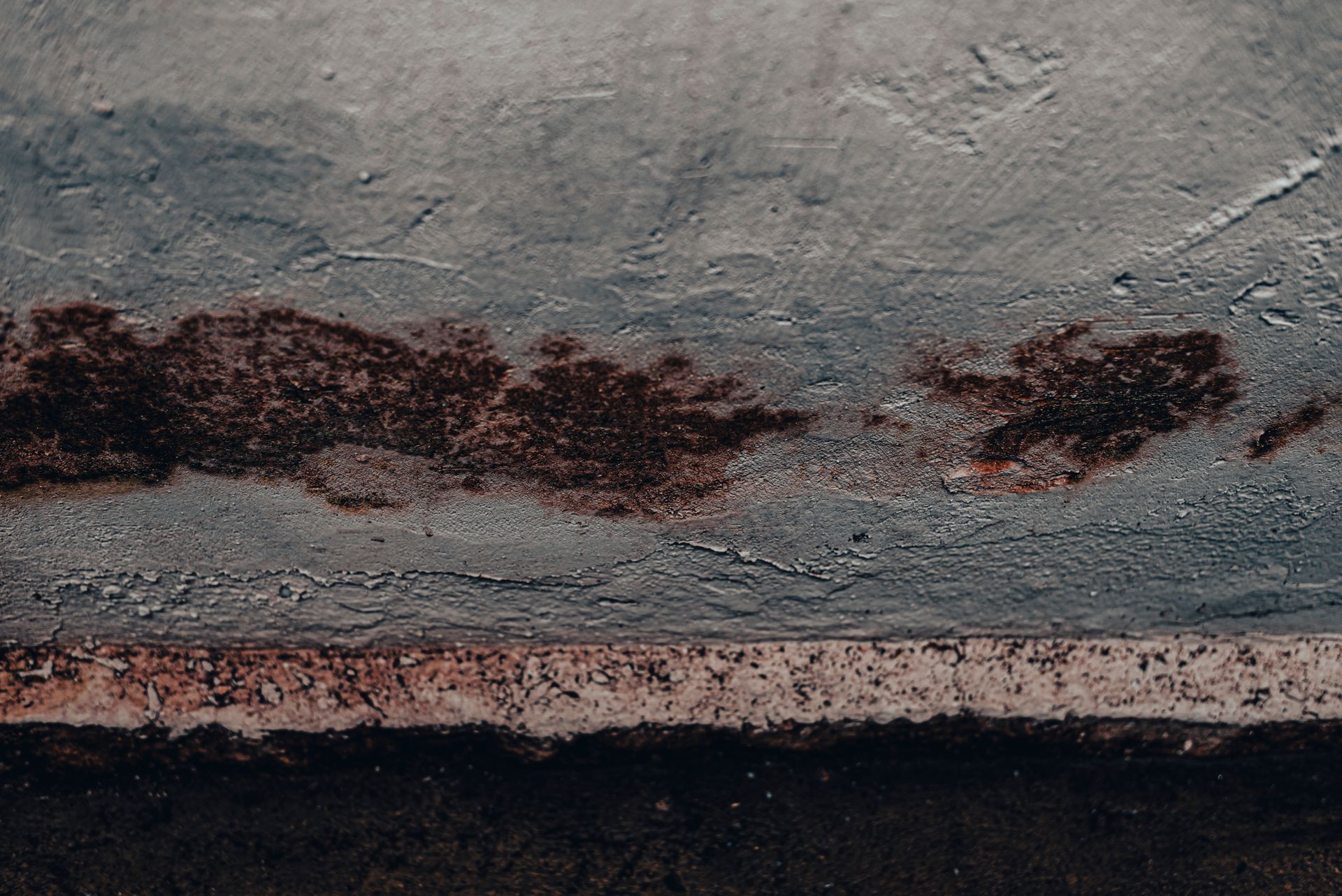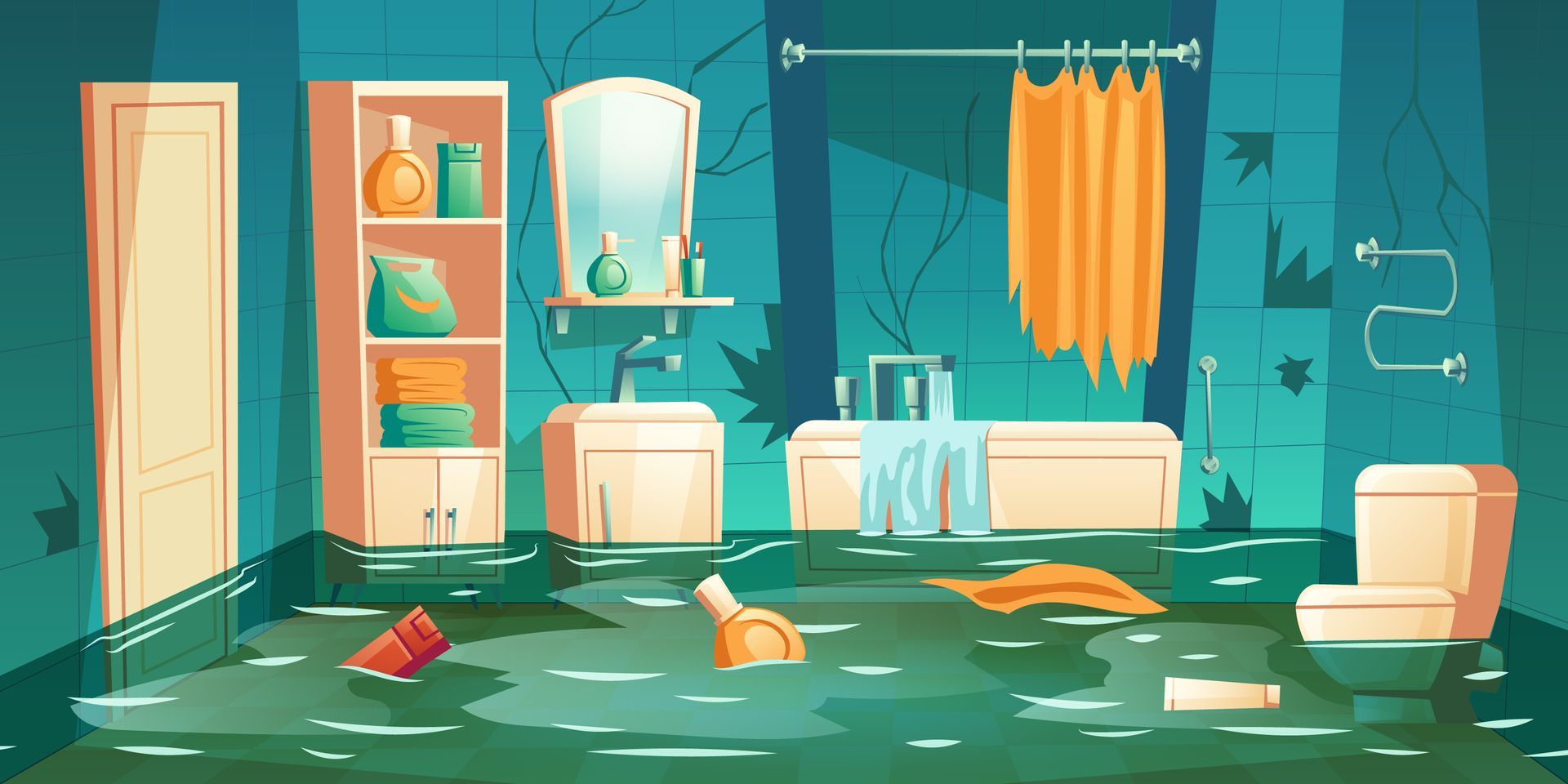Why Main Sewers Clog: Causes and Signs
Why Main Sewers Clog: Causes and Signs- Houston, TX

The main sewer line connects all of the plumbing fixtures, drains, and pipes in your Houston, TX home. It is the largest (and most important) piece of plumbing.
The main sewer line can take a beating over time due to improper use of these fixtures, drains, and pipes, as well as a variety of other external factors. Over time, the main sewer line can clog (or even collapse), requiring extensive repairs or replacement. This wear and tear can quickly become a headache you don't need!
Knowing what causes sewer lines to clog and how to spot warning signs can save you money on repairs or replacements.
WHAT ARE THE COMMON CAUSES OF A CLOGGED SEWER LINE?
Almost every homeowner is frustrated by a clogged drain, a slow-running sink, or a bathtub. While a single clog is inconvenient, it is usually simple to clear.
What happens if, on the other hand, your drains all clog at the same time?
One possibility is a clogged sewer drain. If drain-clearing efforts fail, an entire sewer line (or even just a section) may need to be repaired or replaced. The following are the most common signs that it's time for a repair or replacement:
Severe Pipe Damage- When sewer pipes break or rupture, sewage cannot flow freely through the system, resulting in immediate and frequent backups. Sewer pipe damage can be caused by a variety of factors, including:
- Shifting soil, settling, increased traffic on the ground above, or the use of heavy construction equipment above ground can all cause sewer pipe rupture.
- An older pipe has corroded, causing it to break or collapse.
- Water and sewage can leak from joints where the seals between sections of pipe have broken, allowing water and sewage to escape.
A Sagging Sewer Line- Sagging sewer lines occur over time and are out of a homeowner's control. When a section of a "bellied" pipe sinks due to ground or soil conditions, the entire pipe sinks. The low point in the line will begin to collect paper and waste, causing blockages to occur again and again.
Tree Root Infiltration- Clay or other porous materials were sometimes used in older sewer lines. Furthermore, the connections between pipe sections were not as tight as they are today with PVC pipes. The roots of trees and shrubs seek out water sources as they grow. If they latch onto a sewer pipe, they will grow into it to gain access to the water within. The line may break as the roots grow larger.
Flushing Debris Down the Toilet- It's critical to understand what you can and can't flush down the toilet for the sake of your plumbing system's health. If you use your toilet as a trash can, your sewer line will clog. The most important thing to remember when flushing the toilet is to flush only human waste and toilet paper.
Pouring Grease Down the Drain- When it comes to clogging lines, grease, fats, and oil are some of the most common culprits. Never, ever pour grease, oil, or other fats down the drain. Pour hot grease into a coffee can or jar at all times. You can throw it away once it has solidified. Many people believe that pouring hot water down the drain will remove grease.
This isn't the case at all.
WARNING SIGNS YOU MIGHT HAVE A SEWER LINE ISSUE
- Drains or sewer lines continue to clog
- Several plumbing fixtures are clogged
- When using plumbing fixtures, strange sounds accrue
- Your lawn begins to change
Do not attempt to clean up a sewage leak or break in your home on your own. Give Restoration 1 of Central Houston a call and we'll take care of the issue.











